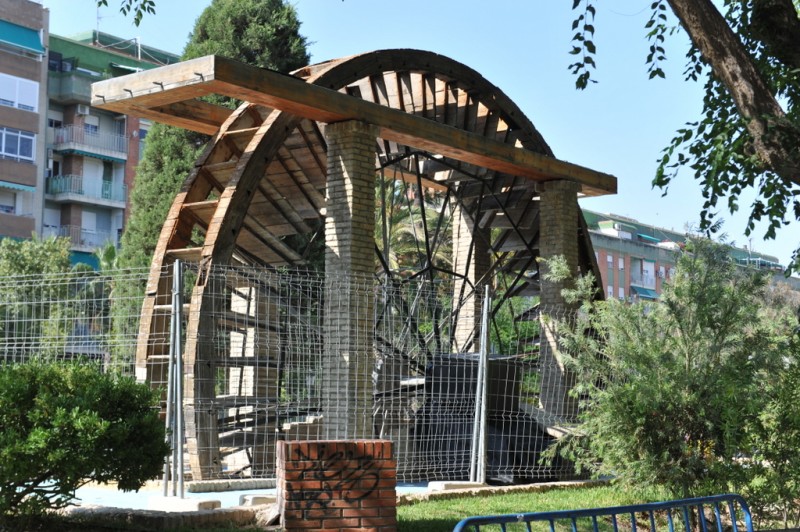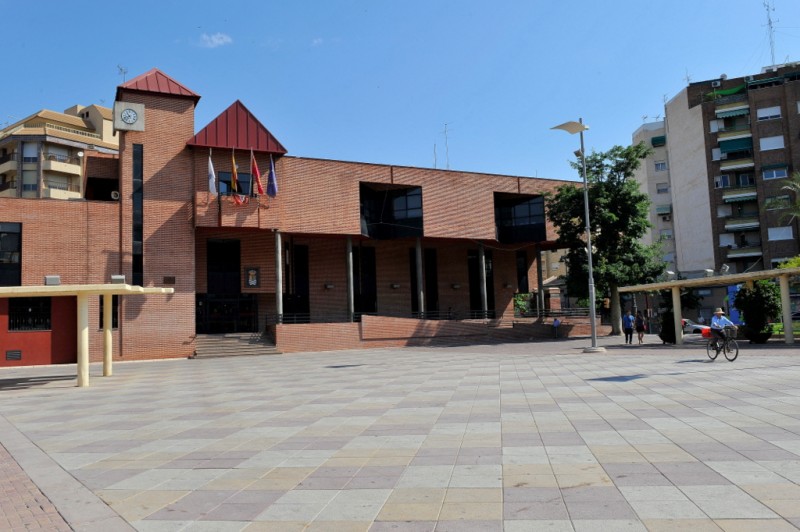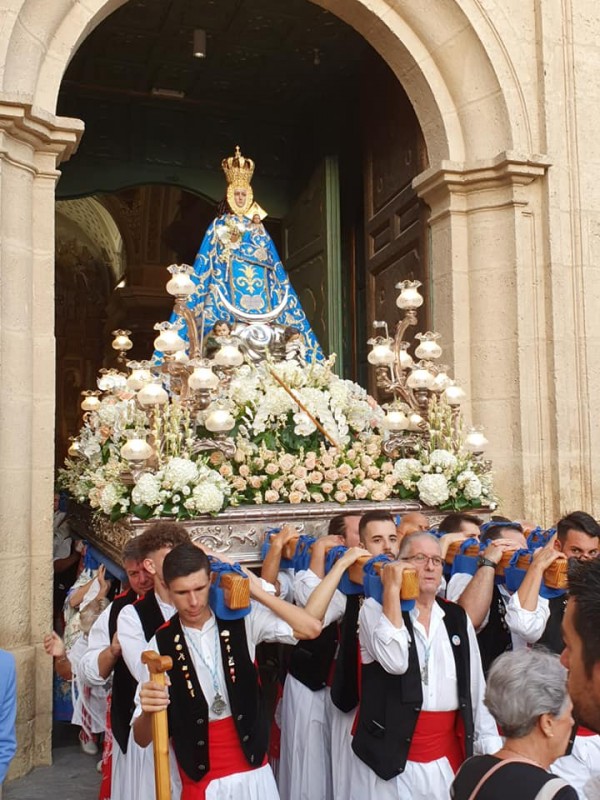-


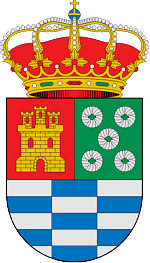
 Welcome To
Welcome To Molina de Segura
Molina de Segura


 Welcome To
Welcome To Molina de Segura
Molina de Segura
- Region
- Águilas
- Alhama de Murcia
- Jumilla
- Lorca
- Los Alcázares
- Mazarrón
- San Javier
-
ALL AREAS & TOWNS
- AREAS
- SOUTH WEST
- MAR MENOR
- MURCIA CITY & CENTRAL
- NORTH & NORTH WEST
- TOWNS
- Abanilla
- Abarán
- Aguilas
- Alamillo
- Alcantarilla
- Aledo
- Alhama de Murcia
- Archena
- Balsicas
- Blanca
- Bolnuevo
- Bullas
- Cañadas del Romero
- Cabo de Palos
- Calasparra
- Camping Bolnuevo
- Campo De Ricote
- Camposol
- Canada De La Lena
- Caravaca de la Cruz
- Cartagena
- Cehegin
- Ceuti
- Cieza
- Condado de Alhama
- Corvera
- Costa Cálida
- Cuevas De Almanzora
- Cuevas de Reyllo
- El Carmoli
- El Mojon
- El Molino (Puerto Lumbreras)
- El Pareton / Cantareros
- El Raso
- El Valle Golf Resort
- Fortuna
- Fuente Alamo
- Hacienda del Alamo Golf Resort
- Hacienda Riquelme Golf Resort
- Isla Plana
- Islas Menores & Mar de Cristal
- Jumilla
- La Azohia
- La Charca
- La Manga Club
- La Manga del Mar Menor
- La Pinilla
- La Puebla
- La Torre
- La Torre Golf Resort
- La Unión
- Las Palas
- Las Ramblas
- Las Ramblas Golf
- Las Torres de Cotillas
- Leiva
- Librilla
- Lo Pagan
- Lo Santiago
- Lorca
- Lorquí
- Los Alcázares
- Los Balcones
- Los Belones
- Los Canovas
- Los Nietos
- Los Perez (Tallante)
- Los Urrutias
- Los Ventorrillos
- Mar De Cristal
- Mar Menor
- Mar Menor Golf Resort
- Mazarrón
- Mazarrón Country Club
- Molina de Segura
- Moratalla
- Mula
- Murcia City
- Murcia Property
- Pareton
- Peraleja Golf Resort
- Perin
- Pilar de la Horadada
- Pinar de Campoverde
- Pinoso
- Playa Honda
- Playa Honda / Playa Paraíso
- Pliego
- Portmán
- Pozo Estrecho
- Puerto de Mazarrón
- Puerto Lumbreras
- Puntas De Calnegre
- Region of Murcia
- Ricote
- Roda Golf Resort
- Roldan
- Roldan and Lo Ferro
- San Javier
- San Pedro del Pinatar
- Santiago de la Ribera
- Sierra Espuña
- Sucina
- Tallante
- Terrazas de la Torre Golf Resort
- Torre Pacheco
- Totana
- What's On Weekly Bulletin
- Yecla


- EDITIONS:
 Spanish News Today
Spanish News Today
 Alicante Today
Alicante Today
 Andalucia Today
Andalucia Today
HOME > MURCIA CITY & CENTRAL > MOLINA DE SEGURAtownMolina de Segura Today
Important agricultural and industrial municipality with the fourth highest population in the Murcia Region
Molina de Segura is 8 kilometres from the capital city of Murcia and in spite of being relatively small and covering just 169.5 square kilometres, has the fourth highest population of the 45 municipalities which comprise the Murcia
 Region, with more than 70,000 inhabitants.
Region, with more than 70,000 inhabitants.The principal reason for this is its proximity to the capital, making it an ideal dormitory location for those working in the city, but it is also a hugely important logistical and industrial area as it sits at a strategic crossroads and historically controlled access to the north of Spain and the Murcia Region.
For this reason it has one of the largest concentrations of transport companies in the country and more than 6,000 lorries are registered as being based in the municipality, operating from the industrial parks which also make it an important focal point for industrial activity.
This geographical location has made it a strategic base throughout its history and the town has major remains of walled fortifications dating back to the period when Spain was occupied by the Moors, who built the capital city of Murcia on the banks of the River Segura.
As its name suggests, Molina de Segura is also located alongside the River Segura and is the capital of the comarca of Vega Media del Segura.This in turn, resulted in agricultural activity due to the availability of water and in spite of
 its industrial importance today, Molina de Segura was essentially built on agriculture.
its industrial importance today, Molina de Segura was essentially built on agriculture.The landscape is varied, ranging from the regional park of the Sierra de la Pila, with dry mountainous sierras to the wetter areas of the Humedal de Ajauque and Rambla Salada, offering a wide range of conditions which favour a variety of crops.
Today Molina de Segura is the second largest agricultural producer in the region and produces a wide range of agricultural produce, ranging from dry cultivation products such as almonds, olives and cereal crops, to irrigated fruit stone crops, peaches, apricots and plums, citrus crops, melons, cereals, potatoes, and green vegetables, including cauliflowers, spinach, broccoli and artichokes.
Agricultural activity propelled the creation of businesses dedicated to canning and conserves, which in turn attracted
 logistics businesses and those creating packaging, and this then brought more food-related industrial activity to the area, thus further boosting the packaging sector.
logistics businesses and those creating packaging, and this then brought more food-related industrial activity to the area, thus further boosting the packaging sector.Molina de Segura is now one of the most important industrial municipalities in Spain and the municipality has four industrial estates.
Although nearly 70% of its population live in the main town, the remainder is scattered throughout 14 outlying pedanías or districts.
Around the outskirts of the town there are numerous residential urbanisations, particularly in the pedanía of
 Romeral. The principal urbanisation in this pedanía is Altorreal (which has the largest number of inhabitants), La Alcayna, Los Conejos, Los Olivos, La Quinta, Monte Príncipe, El Chorrico, Finca Maximino, El Romeral II,and El Pino. Although Molina de Segura is a natural “dormitory town” for those working in Murcia City, it’s also one of the municipalities of the region with the highest proportion of second homes, as many who live in the city escape to the rural areas of Molina de Segura at the weekend.
Romeral. The principal urbanisation in this pedanía is Altorreal (which has the largest number of inhabitants), La Alcayna, Los Conejos, Los Olivos, La Quinta, Monte Príncipe, El Chorrico, Finca Maximino, El Romeral II,and El Pino. Although Molina de Segura is a natural “dormitory town” for those working in Murcia City, it’s also one of the municipalities of the region with the highest proportion of second homes, as many who live in the city escape to the rural areas of Molina de Segura at the weekend.This again leads to a situation whereby the municipality has one of the busiest entertainments programmes of any municipality with a full schedule of cultural activities, fiestas and theatrical entertainment.
The municipality also has a number of interesting monuments including the Iglesia de Nuestra Señora de la Asunción, ermita de San Roque, Ermita de la Virgen de la Consolación, several windmills and watermills as well as some interesting industrial sites and chimneys, and the Moorish walls.
The main fiestas patronales are held in honour of the patrona of the town, the Virgen de la Consolación in
 September.
September.Molina de Segura also has a growing Semana Santa tradition, which includes a full-scale theatrical Vía Crucis following the stations of the cross in the pedanía of Torrealta, which concludes with a spectacular crucifixion on the sierra overlooking the municipality.The municipality also has an important folk tradition relating to the agricultural traditions and culture of the agricultural sector.
It has a relatively low ex-pat population, however, and lacks urbanisations built specifically to cater for the ex-pat second homes market.
Where is Molina de Segura?
Centrally located, Molina de Segura forms part of the metropolitan area of the city of Murcia and shares a boundary with the municipality of Murcia municipality, as well as with Abarán, Blanca and Fortuna to the north, Lorquí and Ulea to the west and Fortuna to the east.
Click for map: Molina de Segura
 Caser Cuidados offers professional home care services to older people in MurciaCaser Residencial’s personalised home assistance helps people remain in their own homes for as long as possible Caser Cuidados is the home care service offered by Caser Residencial designed to make daily life easier and safer for those who need.. 07/01/2026
Caser Cuidados offers professional home care services to older people in MurciaCaser Residencial’s personalised home assistance helps people remain in their own homes for as long as possible Caser Cuidados is the home care service offered by Caser Residencial designed to make daily life easier and safer for those who need.. 07/01/2026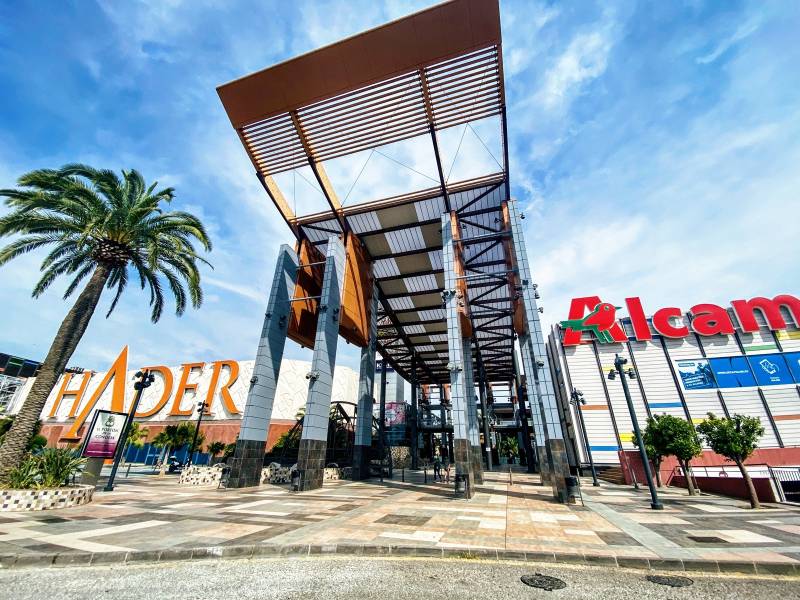 Expansion approved for Thader Shopping Centre and Commercial Park, MurciaThader shopping centre and commercial park is set to get bigger, with more shops, restaurants, leisure spots, and plenty of new parking The Thader shopping centre and commercial park in north of Murcia city is set to grow, with plans approved.. 05/01/2026
Expansion approved for Thader Shopping Centre and Commercial Park, MurciaThader shopping centre and commercial park is set to get bigger, with more shops, restaurants, leisure spots, and plenty of new parking The Thader shopping centre and commercial park in north of Murcia city is set to grow, with plans approved.. 05/01/2026 A white Christmas for the Region of Murcia as snow blankets Sierra Espuña and Sierra del CarcheSnow blankets Sierra Espuña and Sierra del Carche, giving Murcia a white Christmas Snow fell in the Murcia Region this Christmas, covering the regional parks of Sierra Espuña and Sierra del Carche and giving the area a true white.. 26/12/2025
A white Christmas for the Region of Murcia as snow blankets Sierra Espuña and Sierra del CarcheSnow blankets Sierra Espuña and Sierra del Carche, giving Murcia a white Christmas Snow fell in the Murcia Region this Christmas, covering the regional parks of Sierra Espuña and Sierra del Carche and giving the area a true white.. 26/12/2025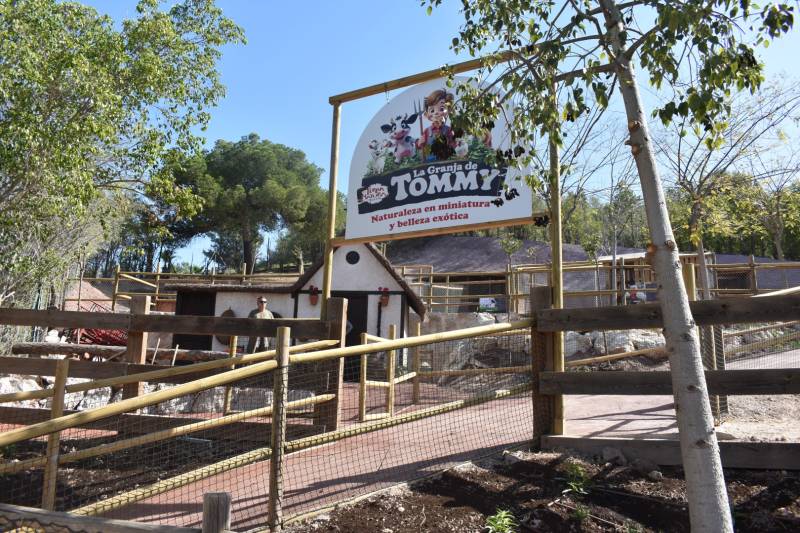 Terra Natura Murcia renews its national tourism quality award for the eighth year runningTerra Natura is the only theme park in the Region of Murcia to hold the SICTED seal Terra Natura Murcia has renewed its SICTED tourism quality award once again, keeping the national seal for the eighth year in a row. The recognition comes from.. 23/12/2025
Terra Natura Murcia renews its national tourism quality award for the eighth year runningTerra Natura is the only theme park in the Region of Murcia to hold the SICTED seal Terra Natura Murcia has renewed its SICTED tourism quality award once again, keeping the national seal for the eighth year in a row. The recognition comes from.. 23/12/2025 Fun, interactive workshop to fight dementia at Caser Residencial Santo Ángel, MurciaA gathering that brought joy, connection and meaningful interaction The staff at Caser Residencial Santo Ángel nursing home for the elderly in Murcia city recently hosted a warm and uplifting gathering with the Alzheimer’s Association, creating.. 17/11/2025
Fun, interactive workshop to fight dementia at Caser Residencial Santo Ángel, MurciaA gathering that brought joy, connection and meaningful interaction The staff at Caser Residencial Santo Ángel nursing home for the elderly in Murcia city recently hosted a warm and uplifting gathering with the Alzheimer’s Association, creating.. 17/11/2025 Step into autumn: Three of the best easy walks around La Contraparada, MurciaEnjoy peaceful riverside paths, ancient irrigation channels and a taste of Murcia’s orchard heritage When the fierce summer sun finally eases, the Region of Murcia takes on a gentler mood. The air cools, the colours deepen, and the same trails that.. 13/11/2025
Step into autumn: Three of the best easy walks around La Contraparada, MurciaEnjoy peaceful riverside paths, ancient irrigation channels and a taste of Murcia’s orchard heritage When the fierce summer sun finally eases, the Region of Murcia takes on a gentler mood. The air cools, the colours deepen, and the same trails that.. 13/11/2025 The best roadside restaurant to eat in all of Murcia, according to truck driversA cosy stop along the highway serving up hearty Spanish favourites at unbeatable prices If you’re driving through Murcia and looking for a great meal without breaking the bank, there's one place truckers and travellers swear by: El.. 19/02/2025
The best roadside restaurant to eat in all of Murcia, according to truck driversA cosy stop along the highway serving up hearty Spanish favourites at unbeatable prices If you’re driving through Murcia and looking for a great meal without breaking the bank, there's one place truckers and travellers swear by: El.. 19/02/2025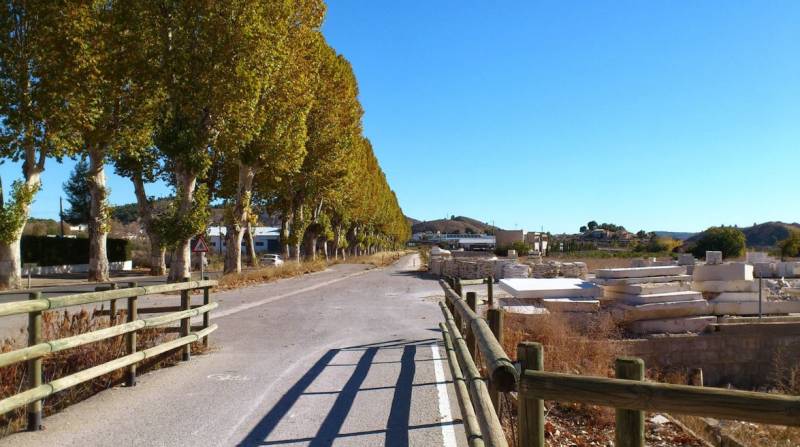 The Vía Verde del Noroeste greenway and Caravaca de la CruzA 78-kilometre hiking and cycling route full of beautiful scenery and cultural and historical significance The Vía Verde del Noroeste (the Greenway of the North-west) is one of the most important ecological routes in the Region of Murcia and is also..
The Vía Verde del Noroeste greenway and Caravaca de la CruzA 78-kilometre hiking and cycling route full of beautiful scenery and cultural and historical significance The Vía Verde del Noroeste (the Greenway of the North-west) is one of the most important ecological routes in the Region of Murcia and is also..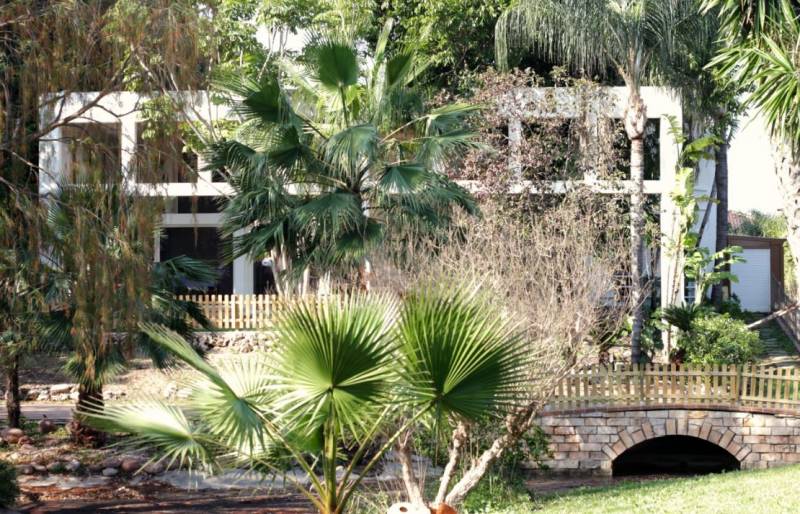 Discover the Murcia school combining the Montessori method with a UK curriculumWant a 21st century British education in Spain for your child? Go to the Montessori British School Murcia Everyone wants their child to have the best possible education, not only to get the best exam results but mainly to be a well-rounded, good person..
Discover the Murcia school combining the Montessori method with a UK curriculumWant a 21st century British education in Spain for your child? Go to the Montessori British School Murcia Everyone wants their child to have the best possible education, not only to get the best exam results but mainly to be a well-rounded, good person..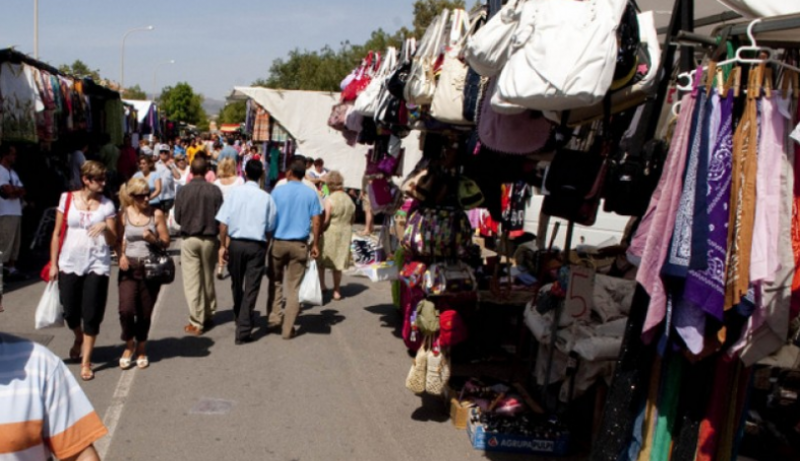 5 weekend markets not to be missed in MurciaThe street markets dotted throughout the Murcia Region are steeped in history and tradition If you haven’t yet made plans for the weekend, the Murcia Region’s abundance of street markets will offer an unmissable opportunity to sample the area..
5 weekend markets not to be missed in MurciaThe street markets dotted throughout the Murcia Region are steeped in history and tradition If you haven’t yet made plans for the weekend, the Murcia Region’s abundance of street markets will offer an unmissable opportunity to sample the area.. The MUDEM museum and the medieval wall of Molina de Segura A highly interactive museum in Molina which makes medieval history fun! The Museo del Enclave de la Muralla (or MUDEM) in Molina de Segura was designed to house and display to the public the remains of the medieval wall which was built almost a thousand..
The MUDEM museum and the medieval wall of Molina de Segura A highly interactive museum in Molina which makes medieval history fun! The Museo del Enclave de la Muralla (or MUDEM) in Molina de Segura was designed to house and display to the public the remains of the medieval wall which was built almost a thousand..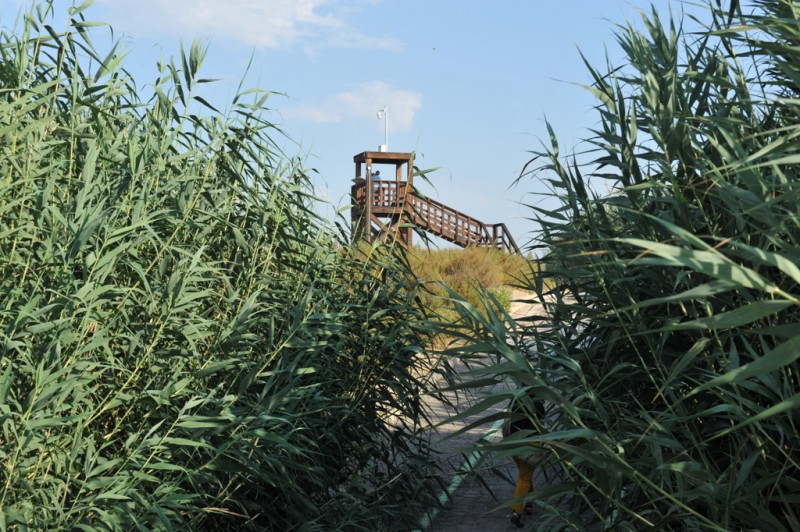 The protected wetlands of Lagunas de Campotejar in Molina de Segura Campotejar is a breeding ground for the rare white-headed duck The Lagunas de Campotéjar in the north of the municipality of Molina de Segura are a series of five ponds which were originally created artificially and belonged to the waste water..
The protected wetlands of Lagunas de Campotejar in Molina de Segura Campotejar is a breeding ground for the rare white-headed duck The Lagunas de Campotéjar in the north of the municipality of Molina de Segura are a series of five ponds which were originally created artificially and belonged to the waste water.. Motocross Circuit Los Conejos in Molina de Segura Circuito de Motocross Los Conejos in Molina de Segura Click here for more information about Molina de Segura
Motocross Circuit Los Conejos in Molina de Segura Circuito de Motocross Los Conejos in Molina de Segura Click here for more information about Molina de Segura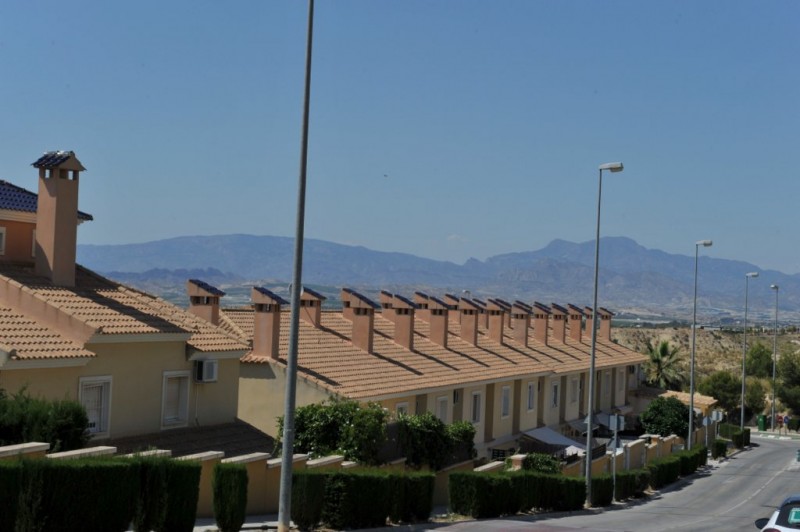 Residential property in Molina de SeguraThe most attractive areas are the town centre and developments like Altorreal and La Alcayna In terms of population Molina de Segura is the fourth largest of the 45 municipalities in the Region of Murcia, with over 70,000 inhabitants, and as such it inevitably..
Residential property in Molina de SeguraThe most attractive areas are the town centre and developments like Altorreal and La Alcayna In terms of population Molina de Segura is the fourth largest of the 45 municipalities in the Region of Murcia, with over 70,000 inhabitants, and as such it inevitably..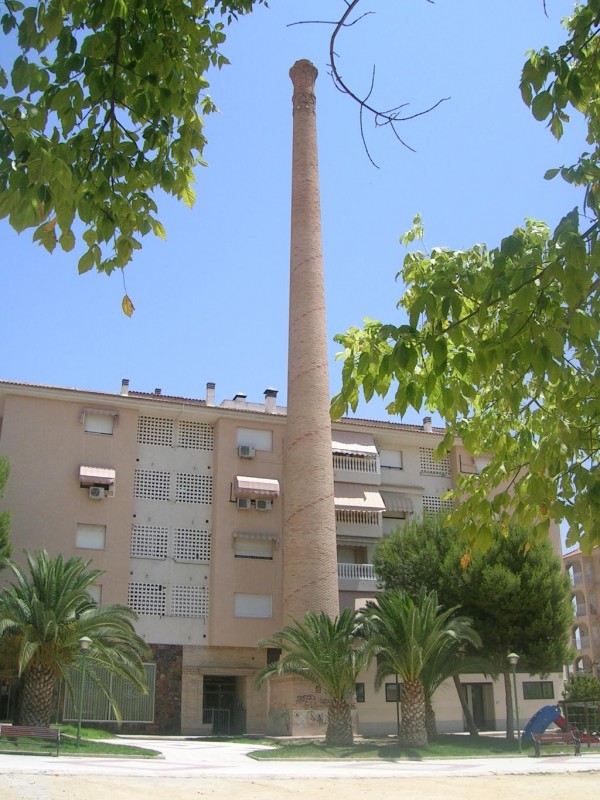 Plaza de la Cerámica, Molina de SeguraThe square features one of the seven industrial chimneys which have been preserved in Molina The Plaza de la Cerámica is a large square at the northern end of the town centre of Molina de Segura, alongside the Avenida de Madrid and next to the local..
Plaza de la Cerámica, Molina de SeguraThe square features one of the seven industrial chimneys which have been preserved in Molina The Plaza de la Cerámica is a large square at the northern end of the town centre of Molina de Segura, alongside the Avenida de Madrid and next to the local..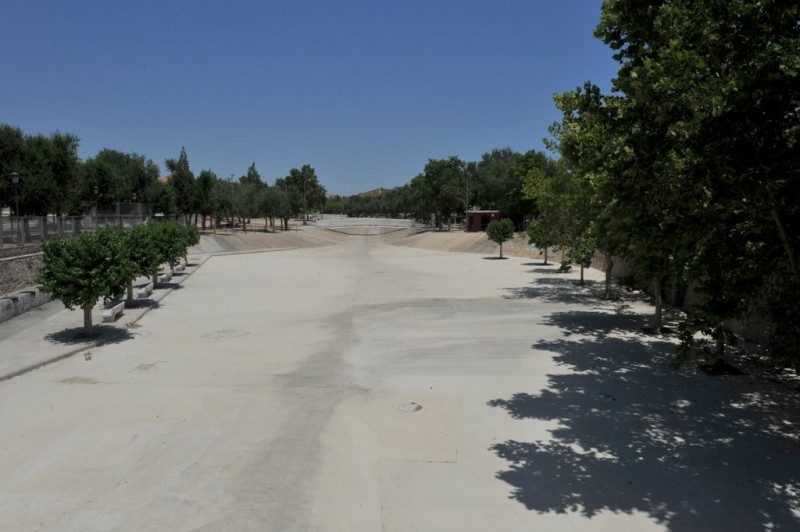 Rambla de los Calderones, a flood channel and public park in Molina de Segura24,000 square metres of public park in the south-east of the town centre of Molina The meteorological, topographical and geological characteristics of the Region of Murcia are such that the landscape features numerous “ramblas”, flood channels..
Rambla de los Calderones, a flood channel and public park in Molina de Segura24,000 square metres of public park in the south-east of the town centre of Molina The meteorological, topographical and geological characteristics of the Region of Murcia are such that the landscape features numerous “ramblas”, flood channels..town
town
town
Contact Murcia Today: Editorial 000 000 000 / Office 000 000 000News Molina de Segura Whats On Molina de Segura Where To Go Molina de Segura Andalucia News Molina de Segura Alicante News Molina de Segura Lifestyle Molina de Segura Spanish News Molina de Segura Property Listings Molina de Segura Weather Molina de Segura Spanish Lifestyle Molina de Segura Spanish Travel & Tourism Molina de Segura Spanish Arts & Culture Molina de Segura Spanish Weather Molina de Segura Andalucia Weather Molina de Segura Andalucia Lifestyle Molina de Segura Andalucia Travel & Tourism Molina de Segura Andalucia Arts & Culture Molina de Segura Alicante Whats On Molina de Segura Alicante Where To Go Molina de Segura Alicante Lifestyle Molina de Segura Alicante Weather Molina de Segura Alicante Property Molina de Segura Property News Molina de Segura Motoring & Travel Molina de Segura Spanish Property News Molina de Segura Car Sales Molina de Segura









